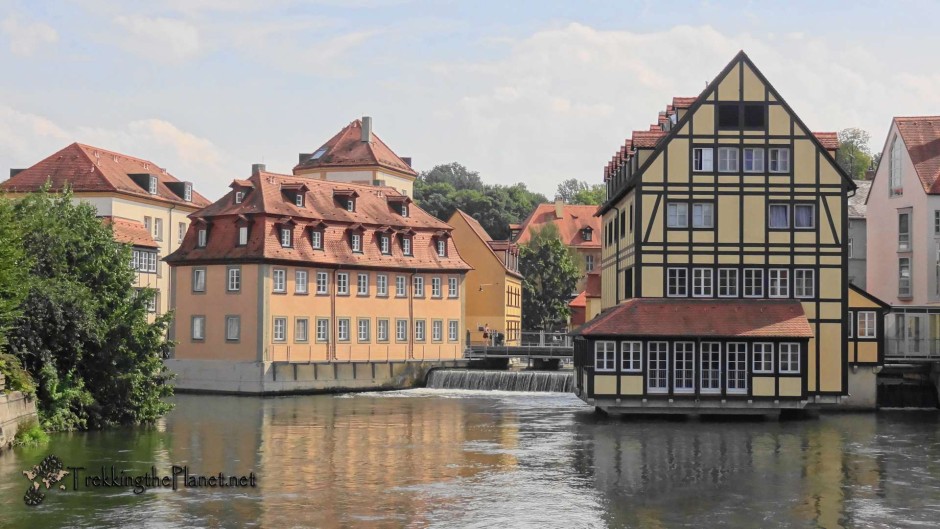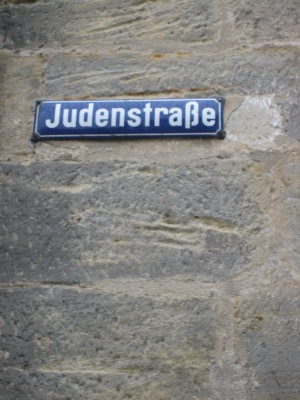Old Bamburg, a UNESCO World Heritage site, is a time capsule — a stunning open-air museum of architectural styles.
Bamburg’s collection of beautifully preserved Gothic, Romanesque, Baroque and Renaissance buildings, all located in a conveniently compact area ideal for strolling, transports a visitor back to pre-war Germany.
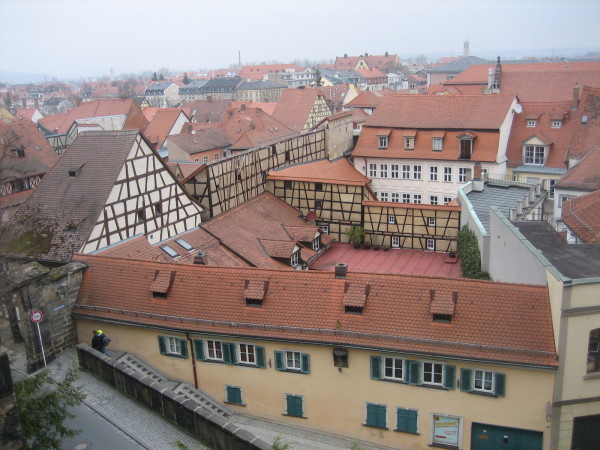
During World War II, Bamberg was largely spared by Allied bombardments, which reduced many other German cities to smouldering ruins. While Berlin, Dresden and Frankfurt were heavily bombed by British and American aircraft, obliterating their magnificent medieval and Middle Ages ensemble of residential and commercial buildings, Bamberg was left more or less unscathed.
Since it was not considered a strategic target by the Allies, only four percent of its fairy-tale buildings were bombed.
Once the capital of the Holy Roman Empire, which encompassed hundreds of duchies, principalities, counties and imperial cities throughout Europe, Bamberg marked its 1,000th anniversary in 1973.
A hub of trade and commerce and a center of the beer brewing industry, Bamberg was incorporated into Bavaria in the early 19th century. Until Germany’s unification in 1871, it was ruled by a succession of prince bishops.
At one juncture, 6o or more breweries could be found here, and although there are only nine today, Bamberg is still referred to as the “beer tasting city,” known in particular for its smoked Rauchbier.
Beer aside, Bamberg — the birthplace of the political philosopher Georg Wilhelm Friedrich Hegel — is all about exquisite architecture.
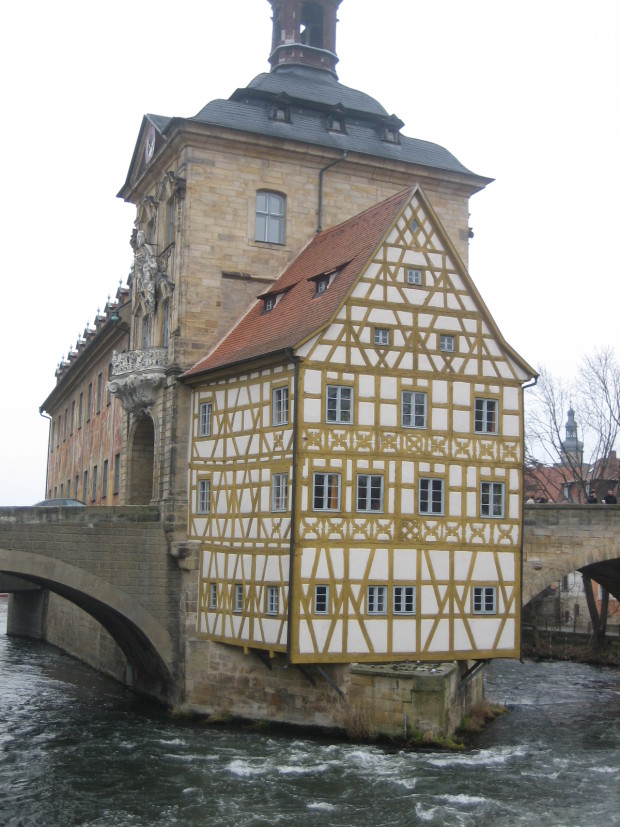
Perhaps Bamberg’s most striking building is the 14th century town hall, now a museum, perched on an outcropping adjacent to a lovely old bridge crossing the Regnitz River.
Little Venice, a former fishing village of pretty half-timbered houses, is clearly visible from the bridge.
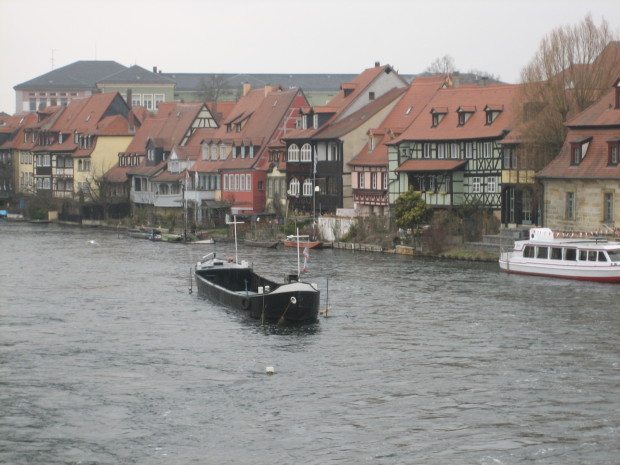
The Imperial Cathedral, a massive sandstone edifice brimming with four spires, was consecrated in 1111. It contains the tombs of an emperor (Heinrich II) and a pope (Clement II, the only pontiff buried north of the Alps.)
The dim vaulted interior is a jumble of stolid arches and columns and fading frescoes of clerics and noblemen.
Outside, two weathered statutes of women in flowing robes stand guard on stone pedestals. The first is bright-eyed and confident-looking. The second is blindfolded, symbolizing the rejection of Christianity by Jews. Such statues, testaments of their times, are found elsewhere in Europe as well.
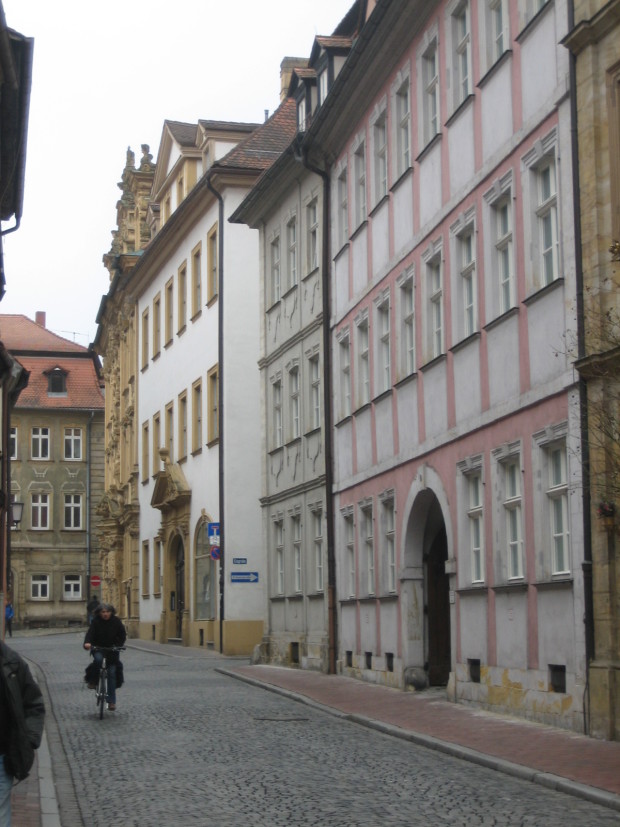
The New Residence, the abode of bishops after the 17th century, is connected to an expansive rose garden with a commanding view of red slate roofs.
The Old Court, an 11th century episcopal palace, has been converted into a museum of history.
Judenstrasse, a narrow lane of about 100 metres in length in a quiet corner of Bamberg, transports you back to the days when Jewish residents were confined to a ghetto.
The renovated buildings around here, bearing intricate coat of arms and immaculately carved woodwork, are painted in pastel colors.
The magical buildings of old Bamberg leave a memorable impression.
